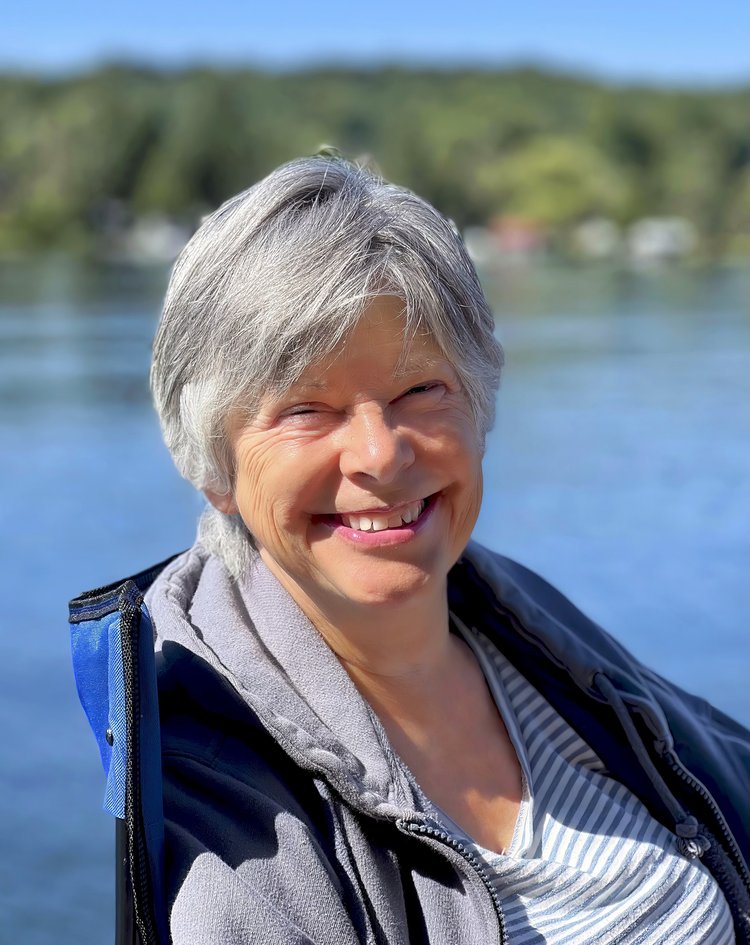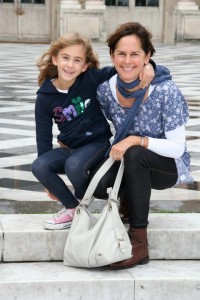 I am supremely glad to have Keats’ letters. Hemingway’s. Even T. S. Eliot’s. Soon there’ll be no letters from writers to illuminate their work, their thoughts about it and about other writers, and their lives. Saul Bellow’s letters were published a couple of years ago, William Styron’s last year. Maybe the dying gasps.
I am supremely glad to have Keats’ letters. Hemingway’s. Even T. S. Eliot’s. Soon there’ll be no letters from writers to illuminate their work, their thoughts about it and about other writers, and their lives. Saul Bellow’s letters were published a couple of years ago, William Styron’s last year. Maybe the dying gasps.
I was reading a book review by Mason Currey in the NY Times. He’s more concerned with what the dearth of letter-writing is doing, not to its faithful followers and researchers, but to creative writing itself. He says “Letters were not only a way to stay in touch with colleagues or test out ideas and themes on the page, but also a valuable method of easing into and out of a state of mind where they could pursue more daunting and in-depth writing.”
I think lately the blog is covering some of the same territory. Emails aren’t. I use emails for transactions, mostly. I even use them to invite people for dinner! What I like about email, being somewhat of a hermit myself, is that it requires less in the way of human connection. It allows me to do a lot of work, make a lot of plans, without having to exchange pleasantries to do it. Is that mean of me? I don’t think so. It protects me from trivia overload. I like very much spending time with people, I hasten to say, but I need space between those times. 
As for this blog, I suspected even before I started writing it, that it would be JUST the medium for me, that it would allow me to do what Currey says in his NYT piece—ease in and out of the state of mind where I need to tackle more daunting material. It revs the engine and keeps it idling.
I often tell students that they need to cut the first stanza, or the first few paragraphs, from their work. “That’s just you, warming up,” I tell them. “It’s served its purpose. Now you can get rid of it.” I don’t want to denigrate the blog to that extent, but writing it does provide a place to put some of the material my head’s swimming with that doesn’t belong in the more formal expressions of poetry or the developed essay.
Granted, letters from one writer to another are more intimate and often more revealing than these bloggy Letters to the World, which, interesting enough, is how Emily Dickinson begins one of her typically intimate poems. (“This is my letter to the world.”) If you know you’re being read by a lot of people, many of whom you don’t know, you change registers. You’re on stage. This is the loss from the lack of letter-writing. What we gain is “letters” from a whole lot of quite good writers that we might never have gotten to read in our lifetime.
A lot of the best writers I know don’t want anything to do with a blog. Some, like Albert Goldbarth, hole up, refusing to use a computer at all. But some are writing blogs. Some of what’s out there is crap, but this is true of what’s in the bookstore, too. You have to sort for yourself.
The risk, for me, of blogging—and I’m sure I share this with other writer-bloggers—is that I’ll get too dependent on instant gratification. Write and “publish” every week. And the time I take to blog I could be using to buckle down to the hard stuff that won’t see the light of day for some time, if ever.
The advantage--another one--is that I am less likely to lose a sense of audience. I don’t think I keep audience in my conscious mind while I’m working, but I need to feel the breath of living beings just outside the perimeter.
Nothing mattered more to my writing life than this blog during my chemo and radiation this year. There are so many therapeutic reasons, of course, why that might have been true, but beyond that, actually the cancer was just another subject, one of burning interest to me. How is that different from what I’ve been doing all my writing life—coming to whatever burning interest presented itself to see how it might work itself out in words?
That it wanted to express itself in the prose of a blog might have been a measure of how prosaic it all felt, at the moment. The Treatment Mill causes the mind to slog through sucking mud, nothing of the lyric in it. After the fact, the lyric, the music, may have permission to return.
 My “Papers” are housed at the University of Delaware. What about these blog posts? What shall we do with them? They’re my rapid-fire thoughts, as polished as a letter I might send to someone, another writer, whose own work I respect enough to want to express myself with care, even if more fleetingly than in the poems and essays.
My “Papers” are housed at the University of Delaware. What about these blog posts? What shall we do with them? They’re my rapid-fire thoughts, as polished as a letter I might send to someone, another writer, whose own work I respect enough to want to express myself with care, even if more fleetingly than in the poems and essays.


